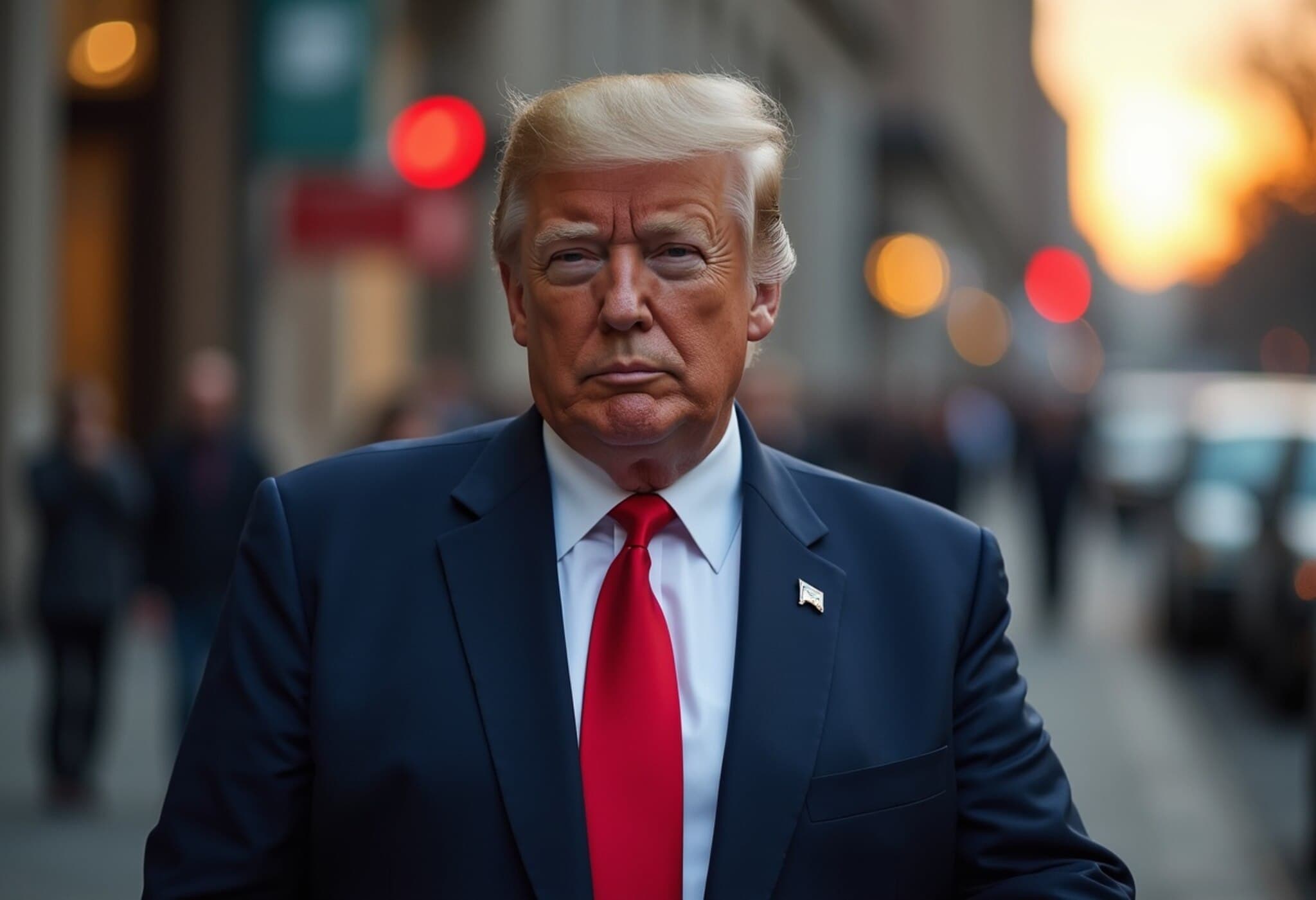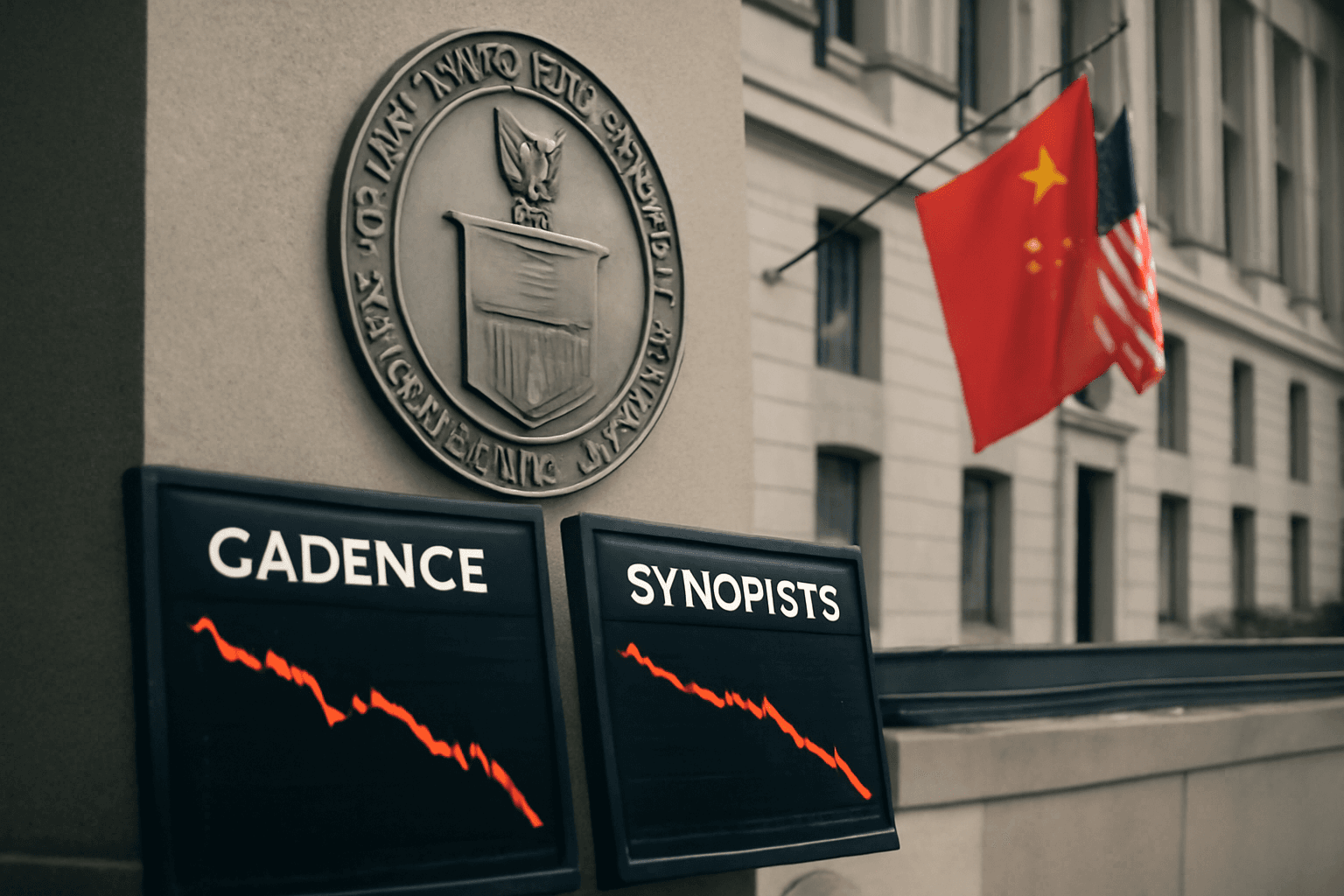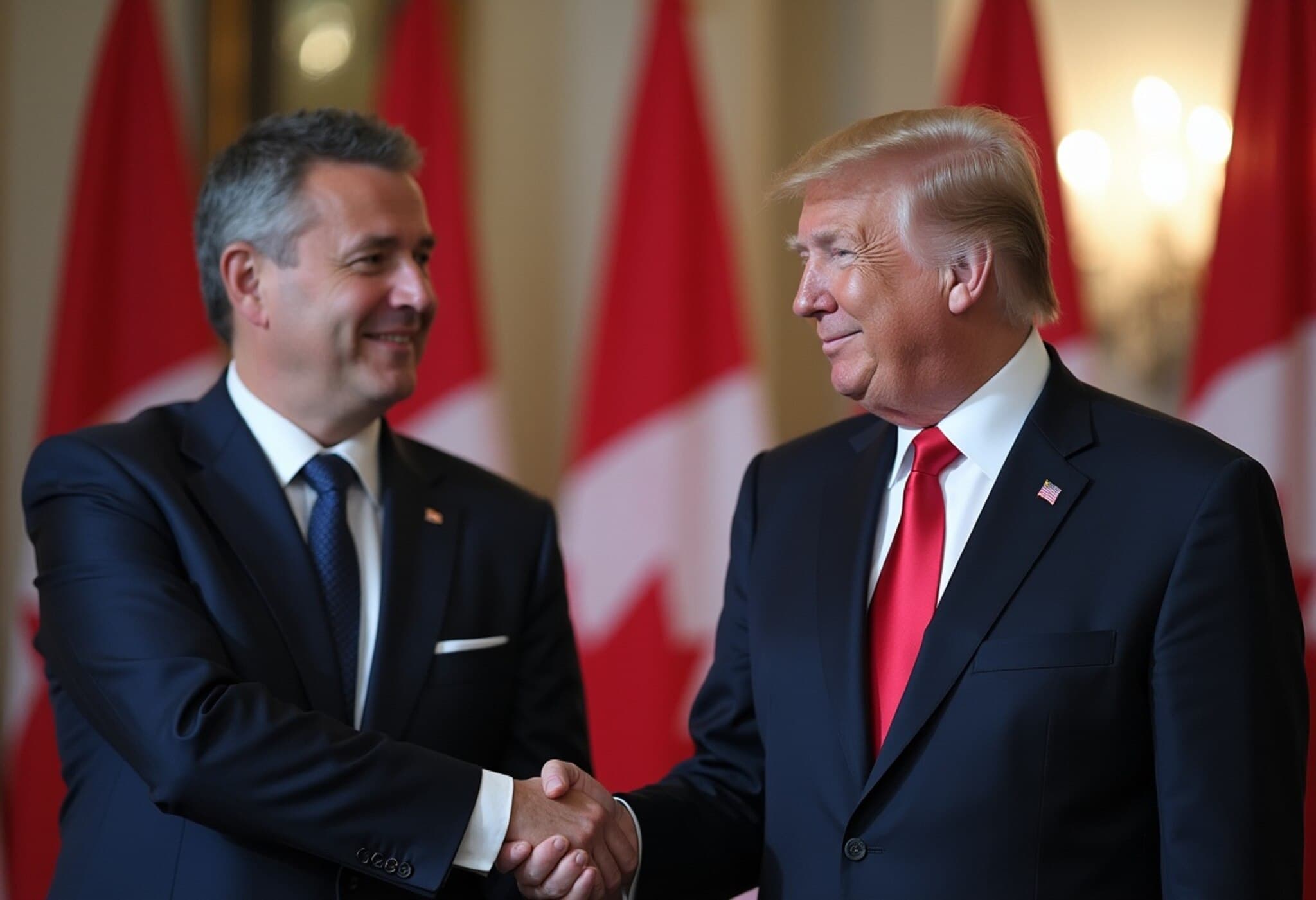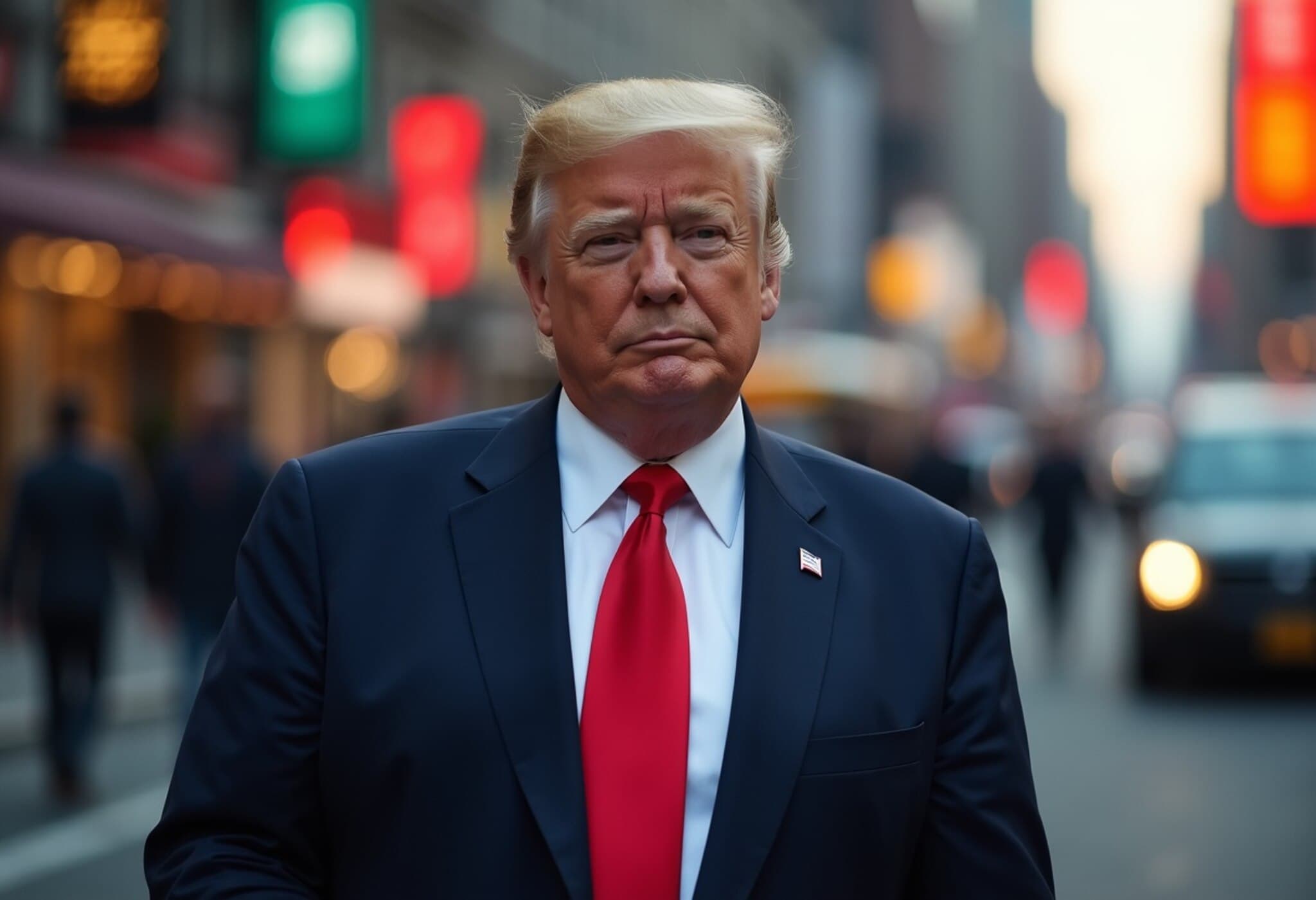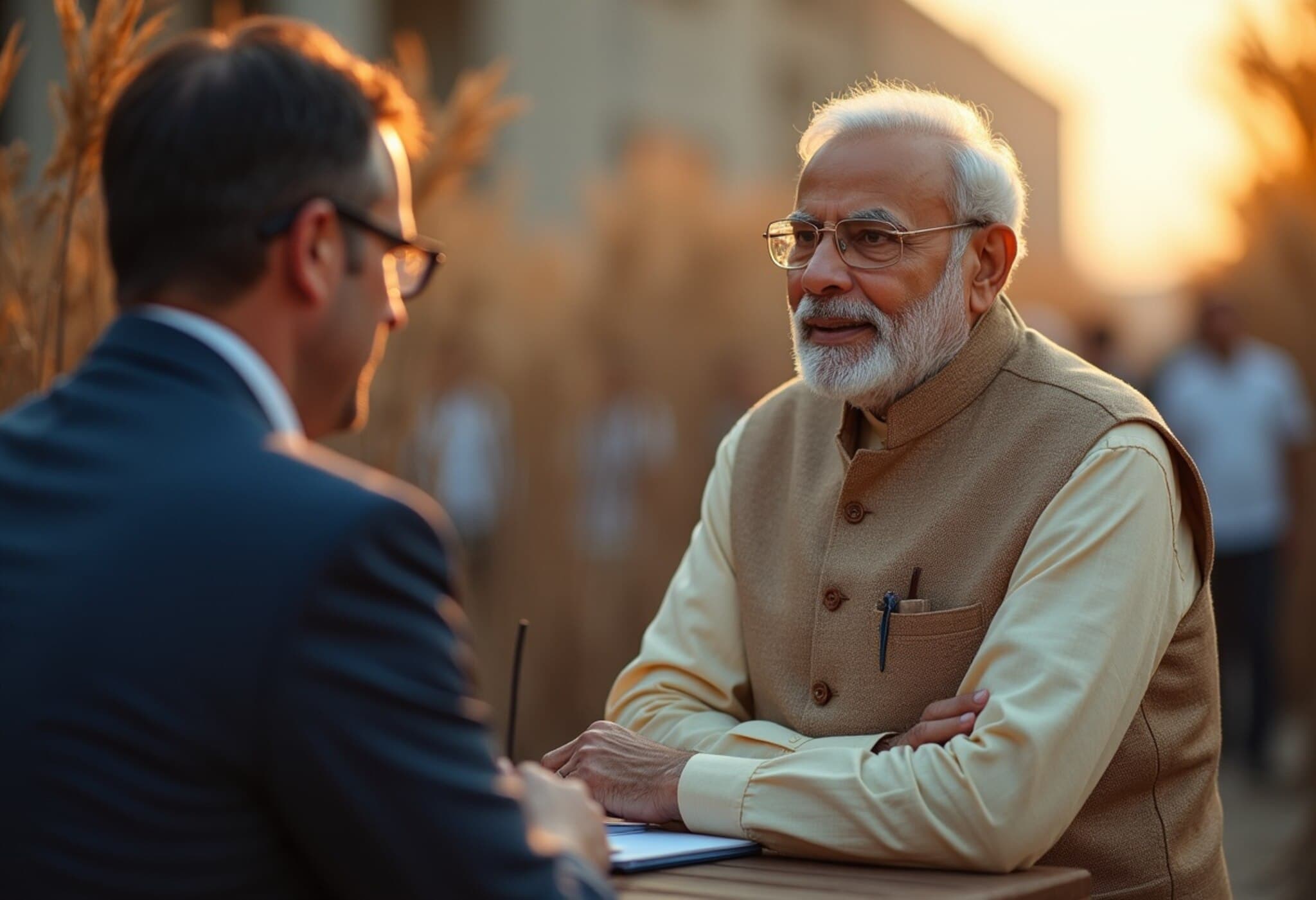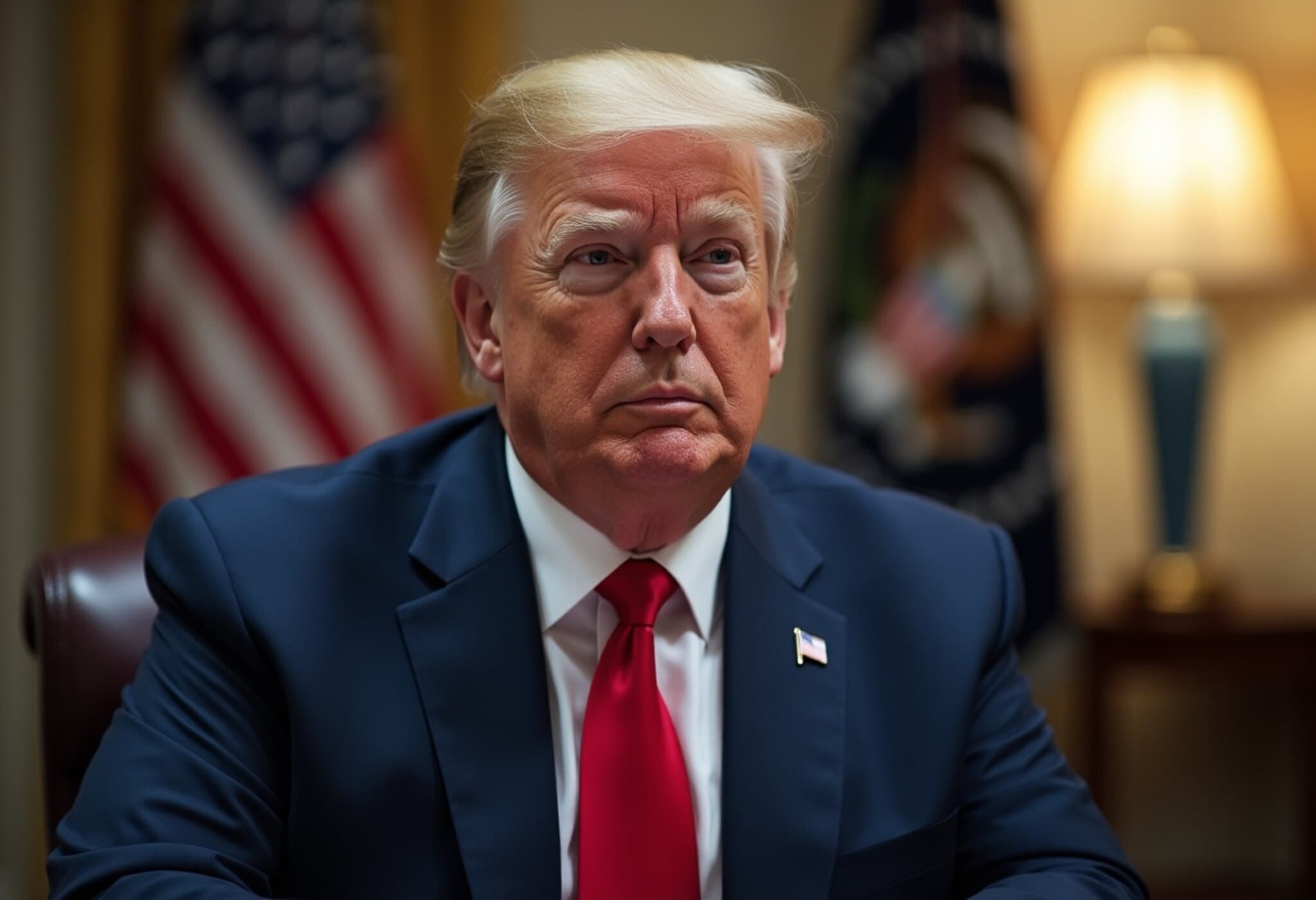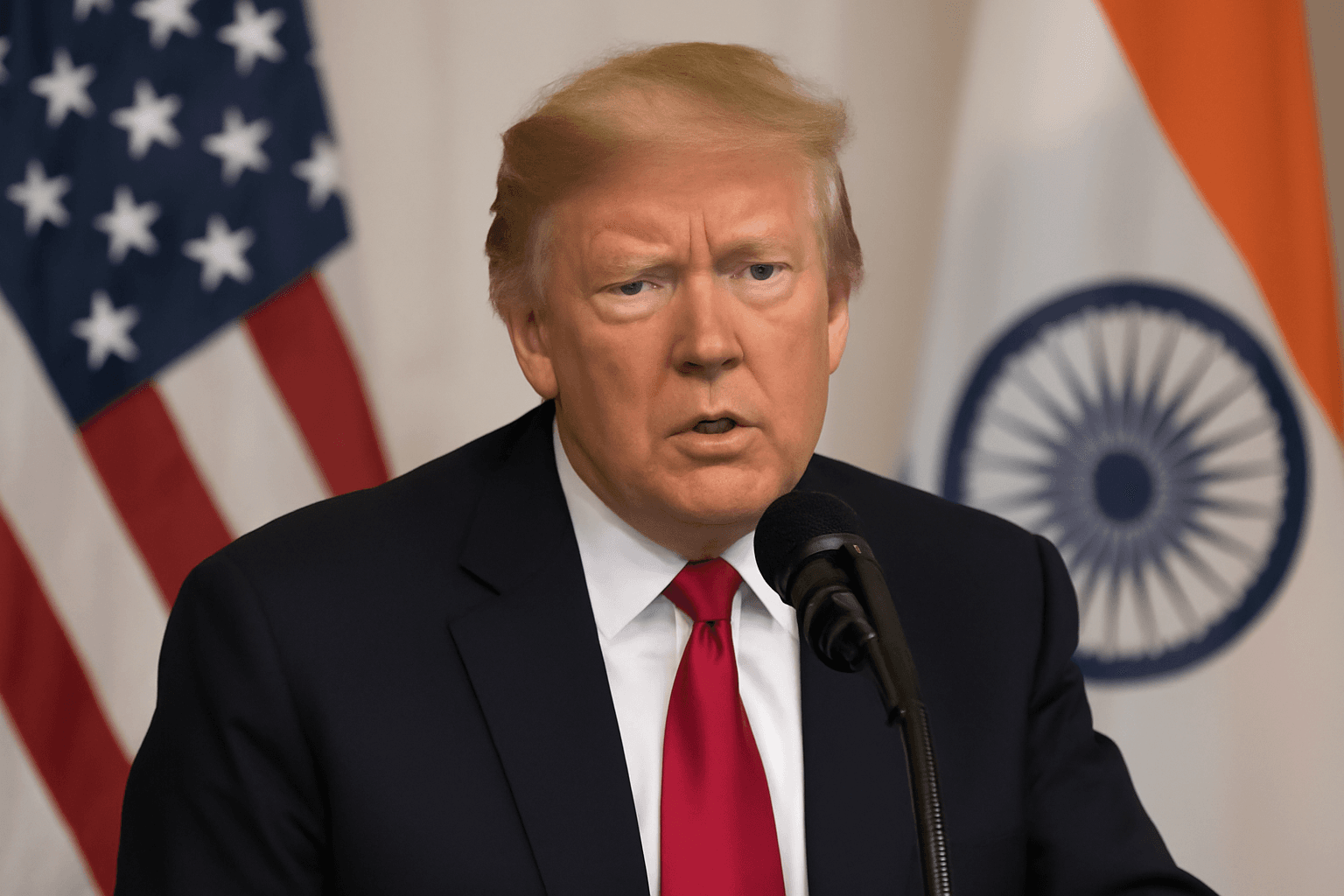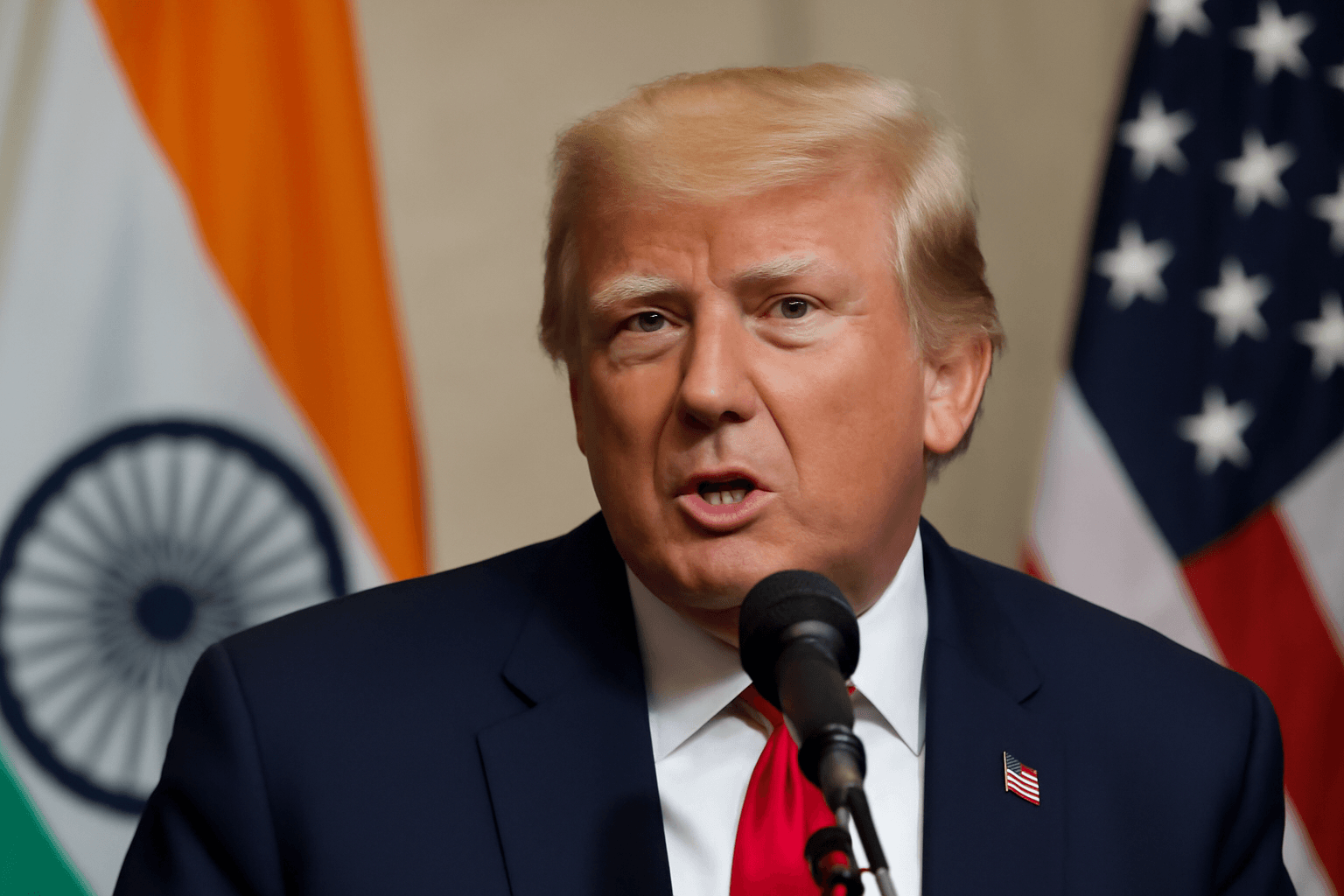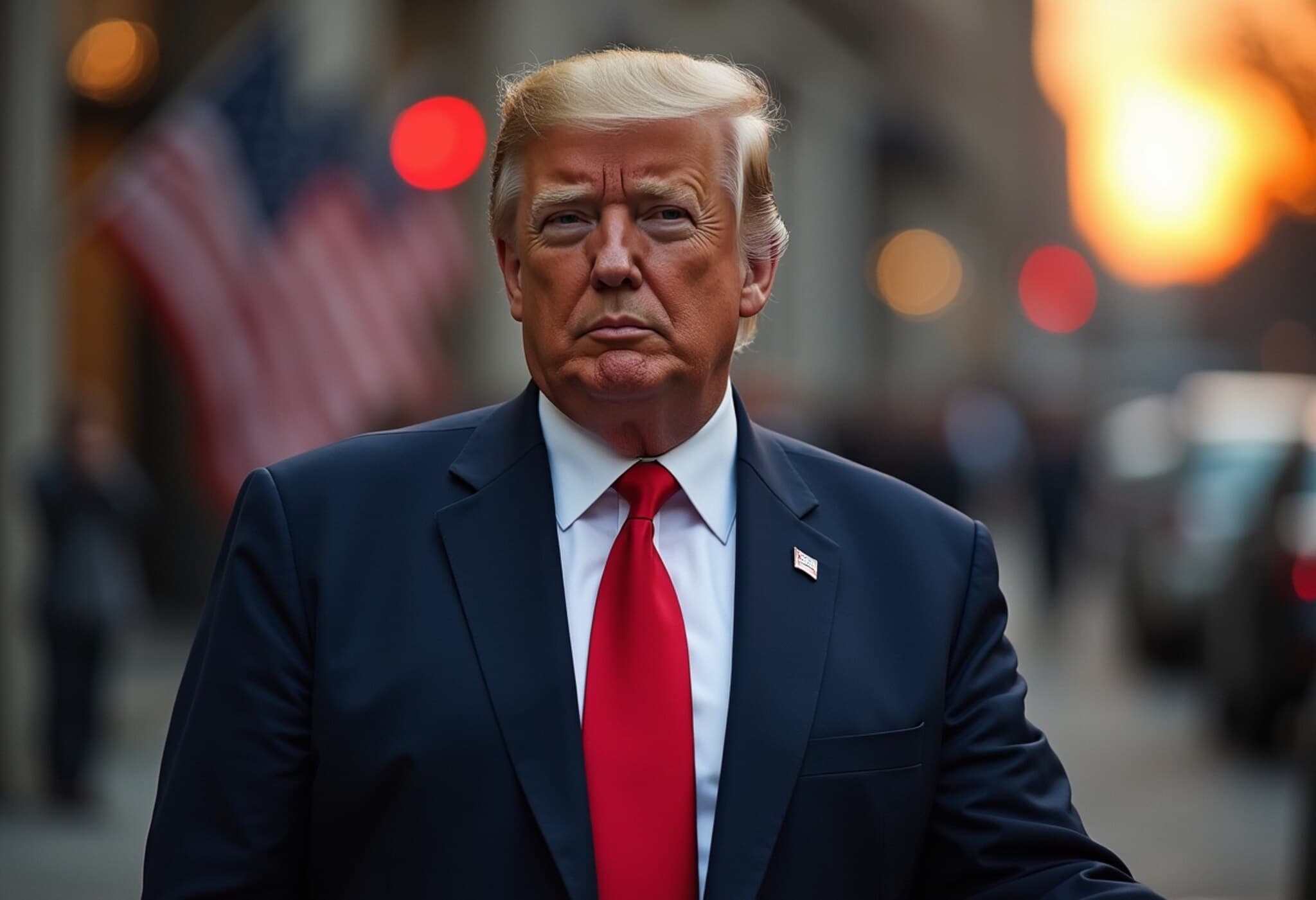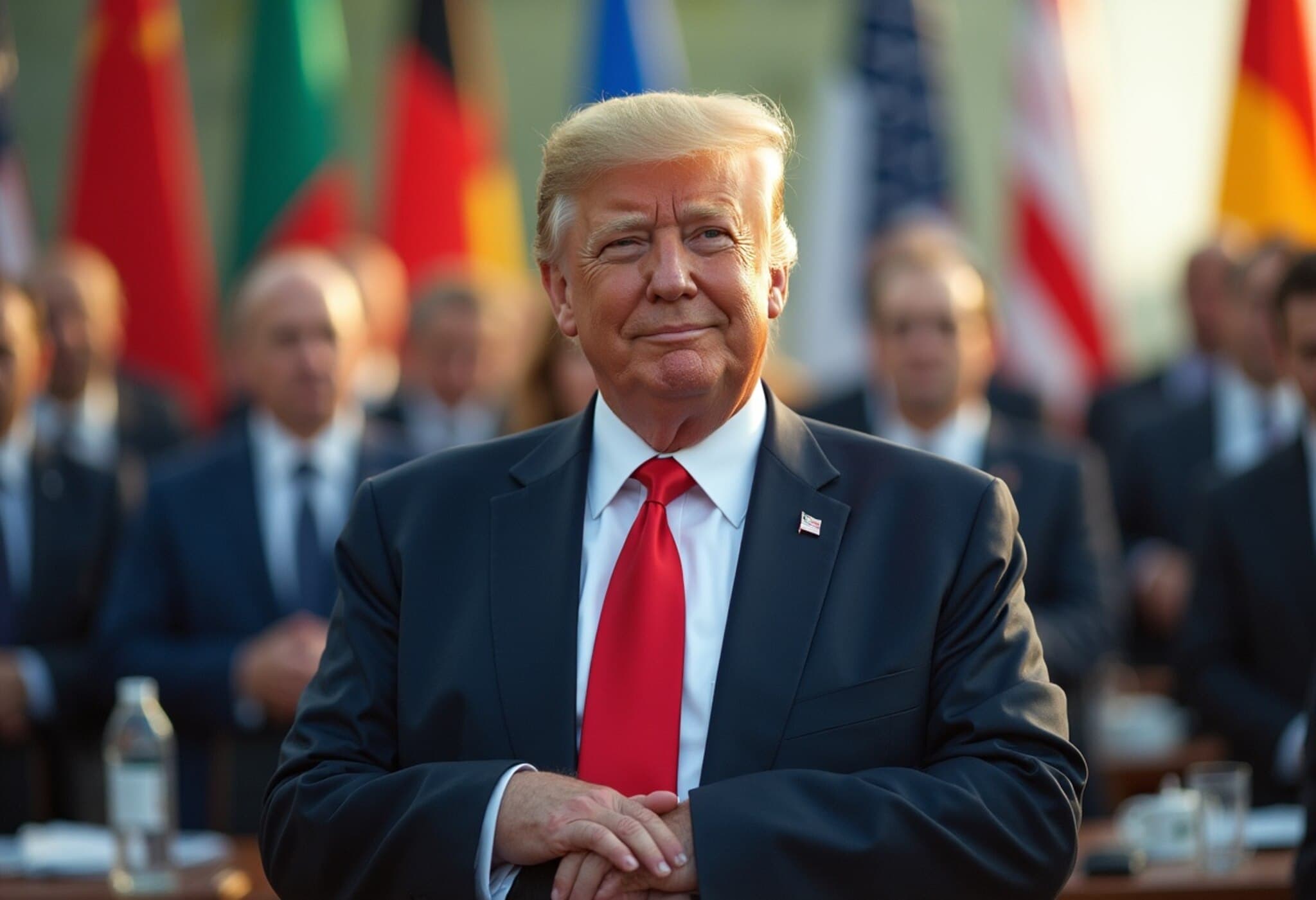Trump's Trade Moves Shake Up Global Commerce Ahead of August 1 Deadline
As the clock ticks closer to August 1, a pivotal day when new U.S. tariffs are set to take effect, President Donald Trump's administration is reshaping international trade relations in unexpected ways. While some major U.S. trading partners, including key Asian and European nations, have agreed to a 15% tariff on their exports to the United States, India finds itself singled out with a higher 25% tariff. This move has sent ripples across diplomatic and economic corridors, prompting a fresh examination of the motives and implications behind Washington's tariff policies.
Breaking Down the Tariff Disparity Between India and Other Nations
Unlike several other countries that secured deals with the U.S., India has not yet reached a tariff agreement and now faces steeper economic barriers. Analysts originally anticipated that India might broker a deal akin to those struck with South Korea and members of the European Union. Instead, the Trump administration has imposed a 25% tariff on Indian goods entering U.S. markets.
But the tariffs are not the whole story. President Trump justified the harsh stance on India by expressing concerns over India's military and energy dealings with Russia—a nation currently under heavy scrutiny and sanctions from the West. Trump referred to this as a "penalty" India must pay for its geopolitical alignments, signaling that trade measures are increasingly influenced by broader foreign policy calculations beyond mere trade balances.
Trade Relations Reflect Political Alliances
This development underscores a striking dynamic in U.S. trade policy: tariffs are not simply tools of economic negotiation, but also instruments reflective of international alliances and disapproval. In simpler social terms, it's as if countries aligned with contentious global actors find themselves on the "bench" despite economic or strategic potential.
President Trump’s approach reveals that economic exchanges today are inseparable from geopolitical considerations—the commercial playing field is also a stage for signaling diplomatic loyalties and punishments.
U.S. Economy Holds Strong Amid Tariff Tensions
Despite these trade disruptions, the U.S. economy exhibits a surprising robustness. Recent data revealed a better-than-expected rise in GDP growth, surpassing the Dow Jones estimate of 2.3%. Moreover, technology giants colloquially known as the "Magnificent Seven," including Meta Platforms and Microsoft, have reported earnings that comfortably eclipsed analyst forecasts, underscoring the sector’s resilience.
This booming economic backdrop may provide the Trump administration with greater latitude to exert pressure internationally without immediate domestic fallout. However, experts caution that sustained tariffs and geopolitical friction risk long-term costs, including higher prices for American consumers and retaliatory measures that could dampen export growth.
Federal Reserve's Nuanced Interest Rate Stance
Adding complexity to the financial landscape, the Federal Reserve has opted to hold interest rates steady in a decision marked by dissent among governors—something not seen since 1993. Chair Jerome Powell emphasized the need for continued data assessment before deciding on future rate hikes, signaling uncertainty about inflation trajectories and economic overheating.
The Fed's cautious approach reflects the balancing act central banks face globally: supporting growth while keeping inflation in check, all amid an environment of escalating trade tensions and shifting fiscal policies.
Market Reactions and Rising Investor Risk Appetite
Following the Federal Reserve’s announcement, markets grappled with mixed signals. U.S. stocks initially wrestled with Fed commentary but rebounded in after-hours trading, buoyed by strong earnings from industry leaders like Meta and Microsoft.
Notably, investors are increasingly leveraging debt to buy shares, raising concerns about exuberant risk-taking reminiscent of past market bubbles. Jim Reid, head of macro and thematic research at Deutsche Bank, warns that such borrowing spikes could presage volatility, especially if economic headwinds intensify.
Foxconn's Bold Foray Into AI Data Centers
In other significant business news, Taiwan's Foxconn (Hon Hai Technology Group) has announced a strategic investment in artificial intelligence data centers. This move aims to leverage Foxconn’s global manufacturing expertise into the rapidly expanding AI infrastructure market, projected to reach expenditures of $1 trillion over the coming years.
Foxconn’s pivot highlights how technology giants and manufacturing behemoths are recalibrating to capitalize on the AI revolution, illustrating broader economic shifts that transcend traditional sectors.
What This Means for the Future
- Tariff policies are increasingly entwined with geopolitics, signaling a multilayered approach to international relations.
- The U.S. economy’s current resilience offers flexibility but masks underlying risks associated with aggressive investor behavior and potential retaliatory trade actions.
- Central bank strategies remain cautious, reflecting uncertainty amid a complex interplay of inflation, growth, and geopolitical disruptions.
- Technological innovation continues to drive market dynamics, with companies like Foxconn betting big on AI infrastructure.
Editor's Note:
As global trade tensions deepen and financial markets tread carefully between optimism and risk, the U.S.'s tariff decisions reveal a significant strategic recalibration — one where political considerations shape economic relationships more than ever before. How this will affect long-term U.S. competitiveness, geopolitical alliances, and global economic stability remains a critical question for policymakers and investors alike.
For Americans and global stakeholders, the unfolding trade saga accompanied by Federal Reserve caution and tech-driven economic shifts presents both challenges and opportunities that will define the next chapter of international commerce and economic policy.






